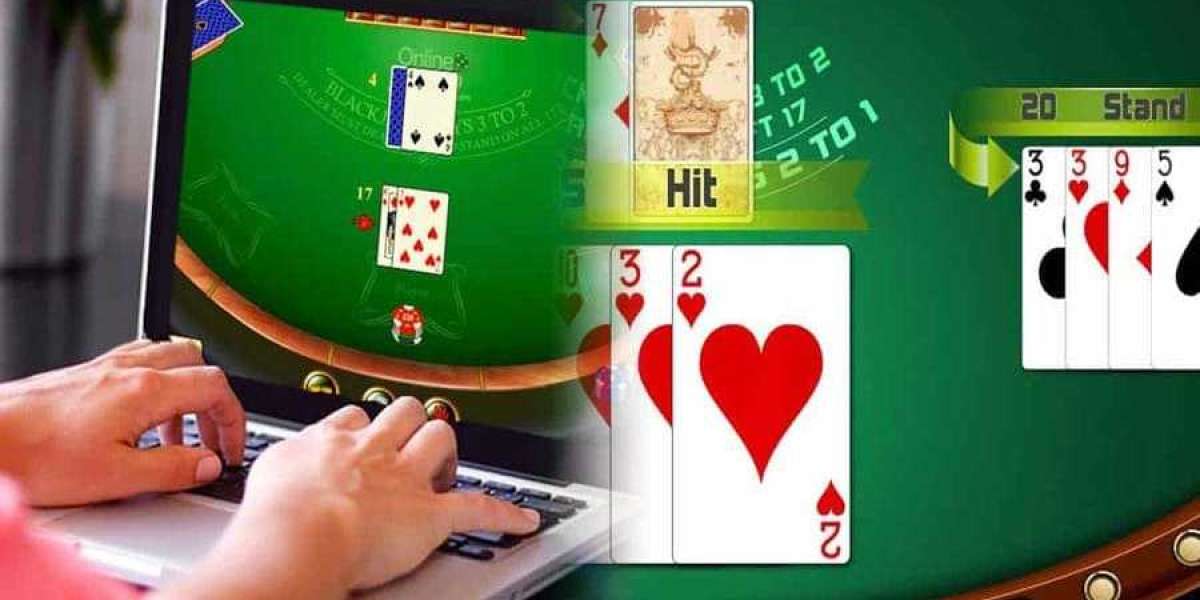In the spring of 1968, the vibrant and culturally rich city of Paris became the epicenter of a momentous social and political movement that would mark a turning point in France's history. The air was charged with youthful rebellion and an urgent desire for change, as students and workers joined forces to challenge the conservative government of President Charles de Gaulle. The protests, which started in April and escalated throughout May, became known as the May 1968 civil unrest, and they captivated the attention of the world, awakening a collective consciousness and inspiring similar movements in other countries. This extraordinary event not only catalyzed significant reforms in French society but also left an indelible mark on the spirit of resistance and activism that would endure for years to come.
During the spring of 1968, the student population in Paris had reached a boiling point. Fueled by an array of grievances against the government, including the lack of university reform, restrictive cultural policies, and the ongoing Vietnam War, students began occupying their schools in protest. On April 3, a peaceful demonstration at Nanterre University turned violent when the police attempted to arrest several student leaders. The incident ignited a spark that rapidly spread throughout the city, as students from various universities joined forces and took to the streets.
The protests gathered momentum as they gained the support of workers, who were discontent with low wages and poor working conditions. Union leaders called for strikes, which effectively brought the country to a standstill. Millions of workers from various industries, including factories, transportation, and even newspaper printing presses, joined in solidarity with the students. The streets of Paris became a battleground, with clashes between protesters and police becoming a daily occurrence.
The May 1968 civil unrest was characterized by its distinctive atmosphere. Barricades were erected on the streets, and revolutionary slogans adorned the city walls. Students and workers held passionate debates, organized spontaneous debates, and occupied public spaces like the famous Latin Quarter. The revolutionary fervor was further fueled by the strong sense of unity and solidarity among the protestors.
Despite their demands for change, the protesters were met with resistance from the government. President Charles de Gaulle called for a referendum to diffuse the situation but maintained a firm stance against the strikes and protests. However, as the movement gained momentum and sympathizers, it posed a significant threat to the established order. Fearing further escalation, de Gaulle dissolved the National Assembly and called for new elections in June, effectively conceding to some of the protesters' demands.
nike air max plus 3 canadaThis historic event had far-reaching consequences for French society. It challenged traditional values, questioned political authority, and paved the way for significant social reforms. The women's liberation movement gained momentum during this time, advocating for gender equality and reproductive rights. The May 1968 protests also sparked a broader cultural revolution, with experimental and avant-garde art forms flourishing. The spirit of resistance and activism that was ignited during this period continued to influence subsequent generations, inspiring movements and protests worldwide.
nike roshe run yeezy 350 oreoIn retrospect, the Paris student protests and the May 1968 civil unrest will forever be remembered as a crucial turning point in French history. It symbolizes the power of collective action and the enduring spirit of youthful rebellion. The events of that spring continue to remind us of the potential for social change and the importance of fighting for a better future.
where to buy nike air max 90 white


